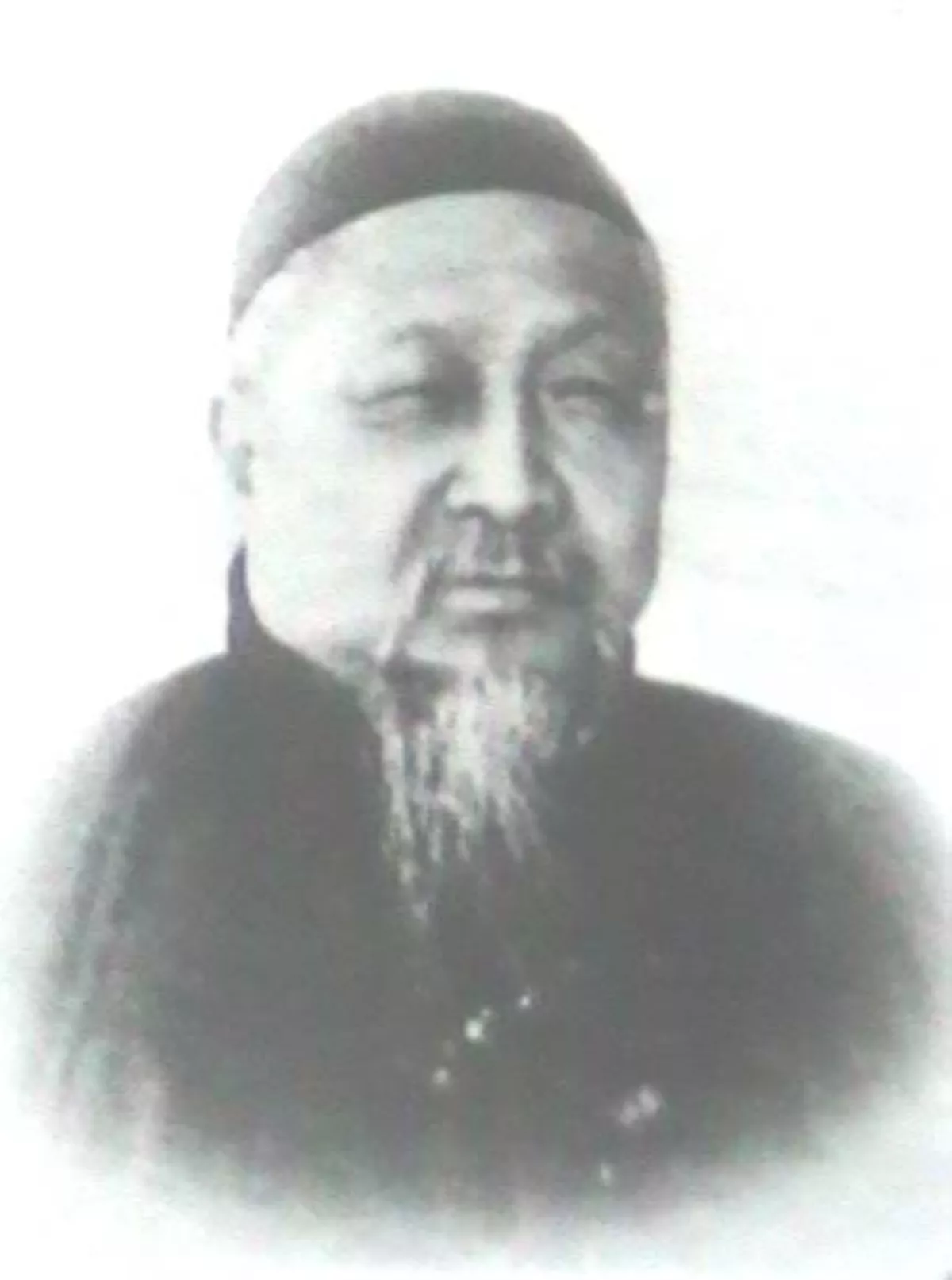 1.
1. Cen Chunxuan, courtesy name Yunjie, was a Zhuang Chinese politician who lived in the late Qing dynasty and Republic of China.

 1.
1. Cen Chunxuan, courtesy name Yunjie, was a Zhuang Chinese politician who lived in the late Qing dynasty and Republic of China.
Cen Chunxuan was very ill-behaved in his youth and was one of the "Three Notorious Youngsters in the Capital" alongside Ruicheng and Lao Ziqiao.
In 1898, the Guangxu Emperor personally interviewed and tested Cen Chunxuan and was so impressed with his response that he made an exception by promoting Cen Chunxuan to the position of a buzhengshi in Guangdong.
Cen Chunxuan led military forces from Gansu to Xi'an to protect the emperor and empress dowager, and was awarded the Imperial Yellow Jacket and earned the favour of the Empress Dowager.
Cen Chunxuan was promoted to the position of xunfu of Shaanxi but was later reassigned to be the xunfu of Shanxi.
In 1903, Cen Chunxuan was appointed as the Viceroy of Guangdong and Guangxi.
Cen Chunxuan sent his subordinate Zheng Xiaoxu to serve as the president of the society and became a prominent leader in the Constitutional Monarchy Movement.
Cen Chunxuan was drawn into a political struggle when he allied with Qu Hongji, a Grand Councillor, against Prince Qing and Yuan Shikai.
In 1906, using a rebellion in Pianma, Yunnan as an excuse, Prince Qing had Cen Chunxuan removed from his position as Viceroy of Guangdong and Guangxi and transferred to that of Viceroy of Yunnan and Guizhou.
Cen Chunxuan refused to travel to Yunnan to assume his appointment, claimed that he was ill and needed to recuperate, and remained in Shanghai, where he continued to observe the situation quietly.
In early 1907, upon noticing that the odds were turning against Yuan Shikai, Cen Chunxuan seized the opportunity to travel to Beijing to meet Empress Dowager Cixi, who appointed him as the Minister of Posts and Communications and allowed him to remain in the capital.
However, Prince Qing plotted against Cen Chunxuan and accused him of supporting Liang Qichao and trying to revive the Hundred Days' Reform, which was terminated by Empress Dowager Cixi and her faction.
Cen Chunxuan fell out of the empress dowager's favour and was sent out of Beijing to be the Viceroy of Guangdong and Guangxi again.
On 15 September 1911, the imperial court sent an urgent order to Cen Chunxuan, who had been spending the past four years in Shanghai since his dismissal from office, ordering him to immediately leave Shanghai and join Zhao Erfeng in suppressing the anti-Qing rebellions.
However, Cen Chunxuan sent a telegraph to the imperial court, suggesting that the Qing government take responsibility for its failure and become a constitutional monarchy to appease the rebels and preserve its existence.
In 1913, when the Second Revolution broke out, Cen Chunxuan sent a telegraph from Shanghai to Yuan Shikai in Beijing, requesting that Yuan resolve his conflict with Sun Yat-sen and the revolutionaries in a peaceful manner, but Yuan ignored him.
On 17 July 1913, the revolutionaries nominated Cen Chunxuan to be their grand marshal and issued a proclamation appointing him as the President of the Republic of China.
On 4 January 1916, Cen Chunxuan returned to Shanghai, met Liang Qichao, and discussed with him how to deal with Yuan Shikai.
Cen Chunxuan wrote letters to his former subordinates Lu Rongting and Long Jiguang, who were in control of Guangxi and Guangdong respectively, to declare independence from Yuan Shikai's regime.
Cen Chunxuan was nominated to be commander-in-chief of the National Protection Army, with Liang Qichao as his chief of staff.
In 1918, Cen Chunxuan became the leader of a military government in Guangzhou.
Consequently, Cen Chunxuan announced his resignation in a telegraph and spent the rest of his life in retirement in Shanghai.